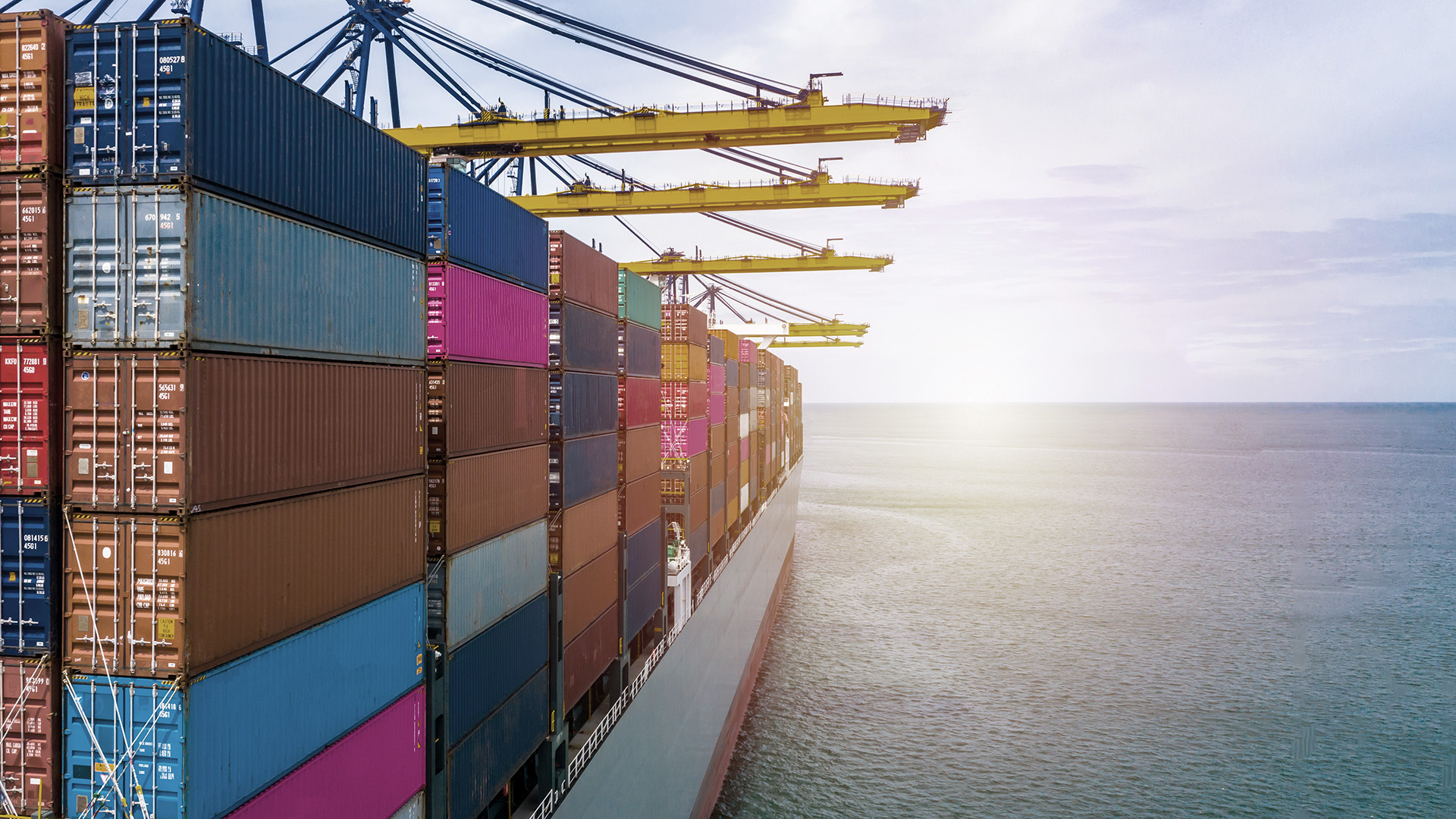Before Christmas, I wrote about corporate responsibility in quite general terms. My lawyer friends are still a little puzzled about what this has to do with the legal field. It may seem far-fetched at first sight, but corporate lawyers should be no strangers to corporate responsibility matters.
When Human Rights Sat Down at the Corporate Table

Basic Ingredients
First of all, many international human rights conventions oblige countries to comply with their standards and implement respective national legislation (for example, the UN Universal Declaration of Human Rights, International Covenant on Economic, Social and Cultural Rights and ILO Declaration on Fundamental Principles and Rights at Work). Human rights are at the core of corporate responsibility.
From the start of the 21st century, human rights have also entered into the corporate world with increasing power and are, thus, something corporate lawyers have to think about as well. The most recent international proof of this development is the UN Guiding Principles on Business and Human Rights. These so called Ruggie principles are seen as a starting point for more a coherent responsibility approach within multinational companies. The field is certainly evolving, and there is pressure for lawyers to elaborate on how these principles, conventions and declarations affect everyday business.

Corporate responsibility is too large a chunk to bite off in one mouthful. To make it more digestible, I decided to serve you a three course menu:
Appetizer – Setting up Guidelines and Policies
The whole starting point for corporate responsibility is how a company operates. Companies follow the rules derived from the legislation, but voluntary codes of conduct are increasingly defining how to operate.
A natural extension of an internal code of conduct is to extend it to the supply chain of the company in question. This seems to be the most crucial corporate responsibility topic today, as supply chains are long and complex.
The first thing many companies have to do is to define their supply chain. Not an easy task if your business is, for example, buying umbrellas from a warehouse in China and selling them globally through wholesalers. Do you really have a clue who dyed the fabric used in the umbrella and whether any harmful chemicals were used in the process?
A code of conduct for suppliers attached to the agreements you make with them safeguards you against scandals in the supply chain. Freshfields has examined the economic effect of the scandals in 12 countries across the UK, Europe, Asia and the US. The ‘Fun Fact’ of the survey is that 53% of scandal-struck companies had not seen their share prices regain pre-crisis levels.
Getting hungrier?
Main course – Making Sure Policies Are Understood and Followed
Now that you have drafted codes of conduct for your company and your suppliers and have attached them to your agreements, you can relax, right? In an ideal world yes, but not in a real life.
Codes of conduct not only require training, but also follow-up on how the guidelines have been adopted by the employees and suppliers. These kinds of compliance functions are usually where corporate responsibility and legal departments meet. The costs of proper training and compliance are marginal compared to the expenses that a company can incur if the milk spills.
Let’s go back to our chosen products, umbrellas. Your warehouse manager gave you the list of the used manufacturers in accordance with the code of conduct for suppliers. I hate to be pessimistic, but can you rely on the list and on simple written confirmation that no harmful chemicals are being used? Regular audits are recommended to see what is really happening at the manufacturing site. Like in other risk scenarios, your agreements should include penalties for misconduct if the policies are not properly followed.
Now, I think it’s time for something sweet.
Dessert – Expanding through Acquisitions
There may come a time when your company has cash burning a hole in its pocket, and you start looking for something nice to buy.
A traditional legal due diligence review keeps a close eye on the agreements, reorganisations, and assets of the target company to find potential risks and action points before signing the deal. However, today it is equally important look at corporate responsibility aspects: you don’t want to be surprised by a front page headline that your supplier in Asia has used forced labour in its umbrella factory. When a scandal hits the front page, it doesn’t matter whether the supplier mistreated employees under the previous owner or on your watch.
We have heard rumours that clear shortcomings in corporate responsibility matters can affect valuation. I have no problem believing this rumour.
The three course menu above is linked by one clear common theme: each course seeks to minimise risks. Proactively. Before the milk spills.
Over the upcoming spring, we are organising a client seminar on business and human rights. These three aspects are sure to be discussed in the seminar, but we would be happy to listen to your thoughts earlier!
















